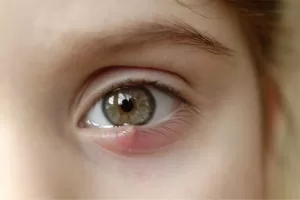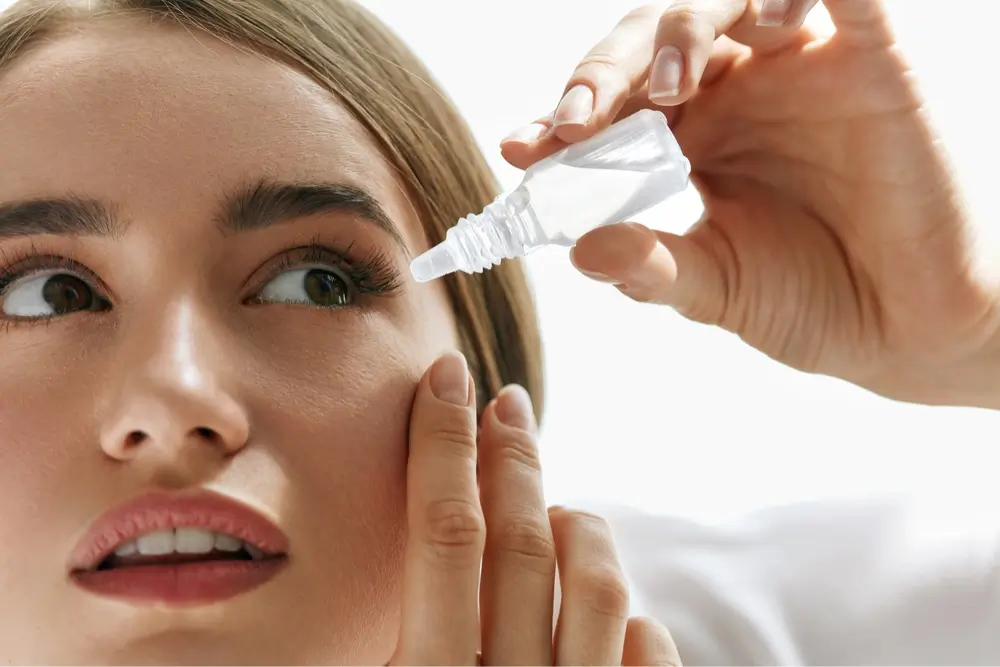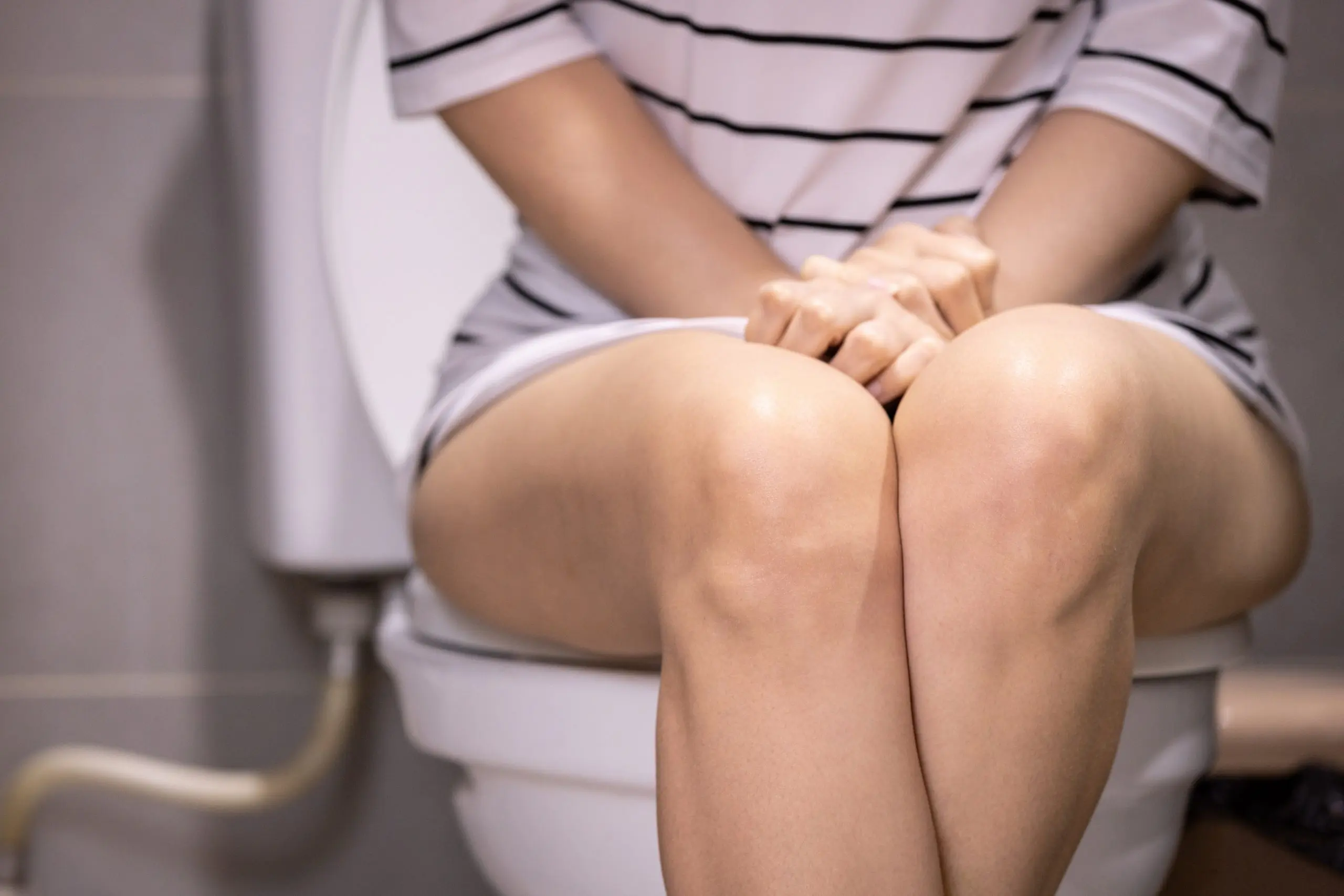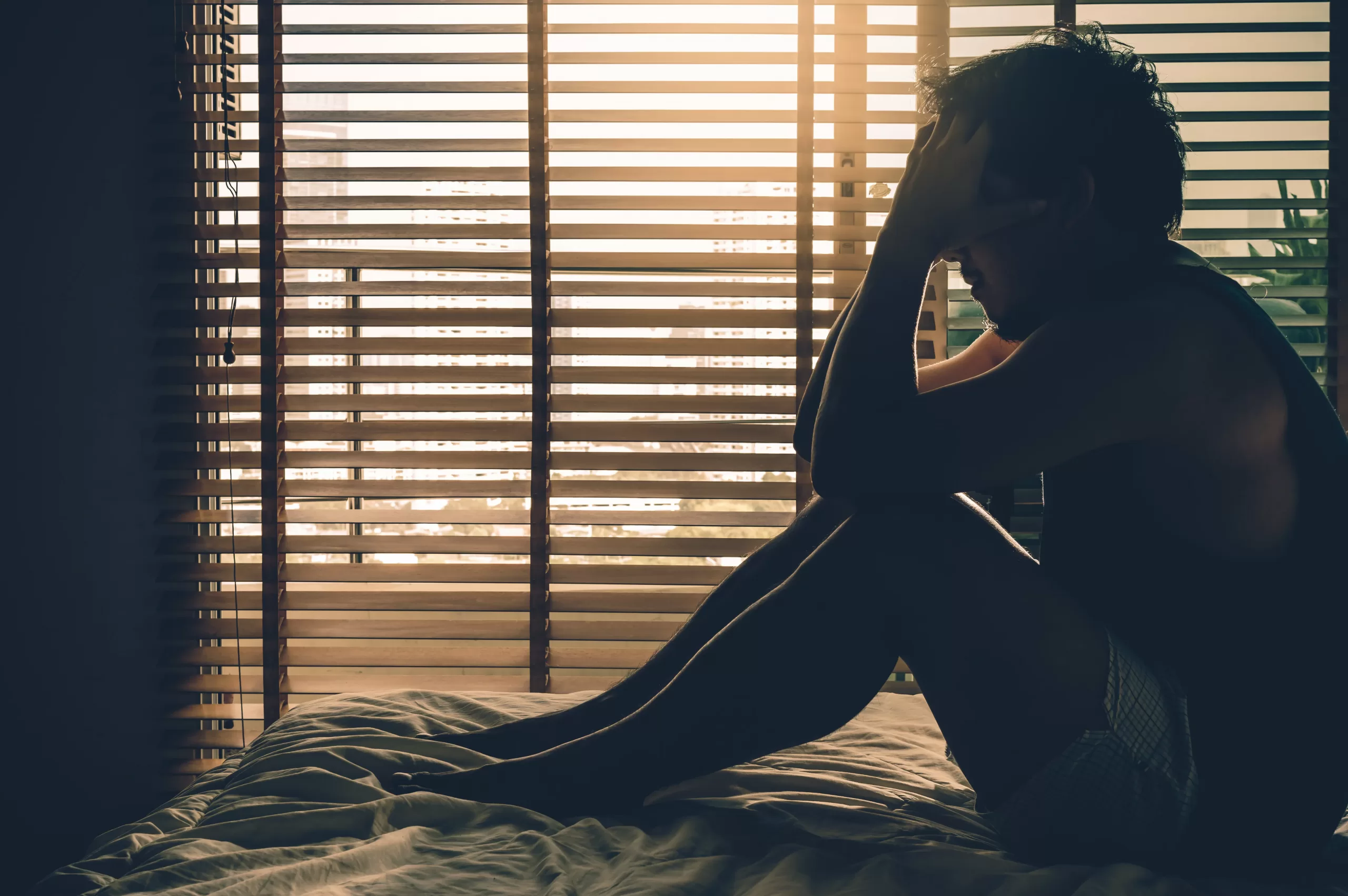☉ Doctors online now - 15 minute priority booking available
What is a stye and how is it treated?
What is a stye?
- A stye (or “hordeolum” to use the medical term) is a painful infection of a hair follicle or sweat gland on the eyelid, or of one of the tiny glands located just inside the eyelid (Meibomian glands).
- A stye will usually appear as a small round red spot, and there may be pus visible inside it.
- There may be a little swelling or puffiness just around the stye, and pus may discharge from it.
- If there is no pain or soreness, it is likely to be a “chalazion” which is a different type of lesion.
What causes styes?
- In over 90% of cases a stye is caused by Staphylococcus Aureus bacteria.
- A stye may occur by itself, or as a complication of blepharitis, which is a more widespread infection of the eyelid.
- Some people are prone to styes and get them repeatedly.
- Certain conditions may also increase the chances of getting a stye, including diabetes, chronic debilitating illness, and high cholesterol levels.
How do you get rid of a stye?
- Styes usually get better by themselves- most come to a head after a few days, and the pus drains out. Further treatment for a stye may also help:
- Warm soaks (e.g. with a warm face flannel held to the area) for 10-15 minutes a day may encourage this to happen
- Topical antibiotic drops or ointment may be used to treat recurrent lesions and for those that are discharging pus.
- Oral antibiotics may be advised if redness and swelling is starting to spread beyond the stye, into the eyelid.
- If there are symptoms of cellulitis (increased redness around the eye, fevers and general unwellness), it’s a more serious situation, and immediate medical attention is needed, as intravenous antibiotics may be required.
- If the stye points at a lash follicle, removal of that single eyelash may help drainage and healing, but more than one lash shouldn’t be removed as it can lead to damage.
- Surgical drainage is rarely needed, and should be performed by an eye specialist or at an emergency department.
What happens if you don’t treat a stye?
- Most styes will get better by themselves
- Rarely, infection may spread from the stye into the tissue around the eye, causing cellulitis- as mentioned above, this is a serious condition which requires antibiotics. Symptoms include pain, swelling, redness around the eye, and often fevers, chills and feeling generally unwell. Immediate medical attention should be sought in this case.
- Sometimes a stye will progress over time to form a chalazion- this is a hard painless lump in the eyelid. A chalazion may need to be removed if it gets big or is causing discomfort.
How to stop getting styes
- Eye lid hygiene measures may help.
- There are eyelid wipes and other lid hygiene products available over the counter- speak to your pharmacist.
- Sometimes people are advised to use a tiny amount of baby shampoo and warm water, and carefully clean the lash-line with a cotton bud.
If having recurring or troublesome styes, speak to your GP, optician or an ophthalmologist (eye specialist).
Getting a Mental Health Care Plan in Australia: Your Guide
Getting a Mental Health Care Plan in Australia: Your Guide Mental health matters—and if you’re feeling overwhelmed, anxious, or down, a mental health care plan can help. But what is it, and how do [...]
UTI Symptoms and Treatment: What You Need to Know
UTI Symptoms and Treatment: What You Need to Know Urinary Tract Infections (UTIs) are common, uncomfortable, and often disruptive. But what exactly are the signs to watch for, and how can you get relief [...]
Free Mental Health Care Plan Online | Bulk-Billed by Qoctor
Free Mental Health Care Plan Online | Bulk-Billed by Qoctor Discover how to get a free, bulk-billed Mental Health Care Plan (MHCP) in Australia through Qoctor's telehealth service. Accessing [...]






